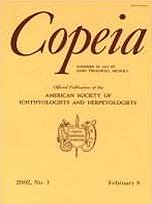Gregarious behavior among oviparous female animals just prior to oviposition can be explained by several mechanisms, including a benefit to offspring survival. By clustering eggs together in one area, females may dilute the probability of egg predation. We tested the hypothesis that nest density influences egg survival in the Pig-Nosed Turtle (Carettochelys insculpta) along a river in northern Australia. Beaches with multiple nests were three times more likely to experience a predation event than beaches with single nests. However, the number of nests on a beach did not influence the probability of predation of individual nests, when considering either beaches with single versus groups of nests, or when comparing beaches with single nests, small groups of nests (n = 2–5), and large groups of nests (n = 6–8). Therefore, gregarious behavior of reproductive females during the nesting period did not dilute predation risk to nests. Four other hypotheses might explain the behavior: (1) nesting areas are limited; (2) nesting in groups dilutes predation risk to nesting females; (3) nesting in groups dilutes predation risk to hatchlings; and (4) social interactions in aggregations of nesting females provide additional information on nesting beaches/sites, reducing some cost associated with independent assessments of nesting beaches/sites.
How to translate text using browser tools
1 December 2003
Gregarious Behavior of Nesting Turtles (Carettochelys insculpta) Does Not Reduce Nest Predation Risk
J. Sean Doody,
Rachel A. Sims,
Arthur Georges
ACCESS THE FULL ARTICLE





